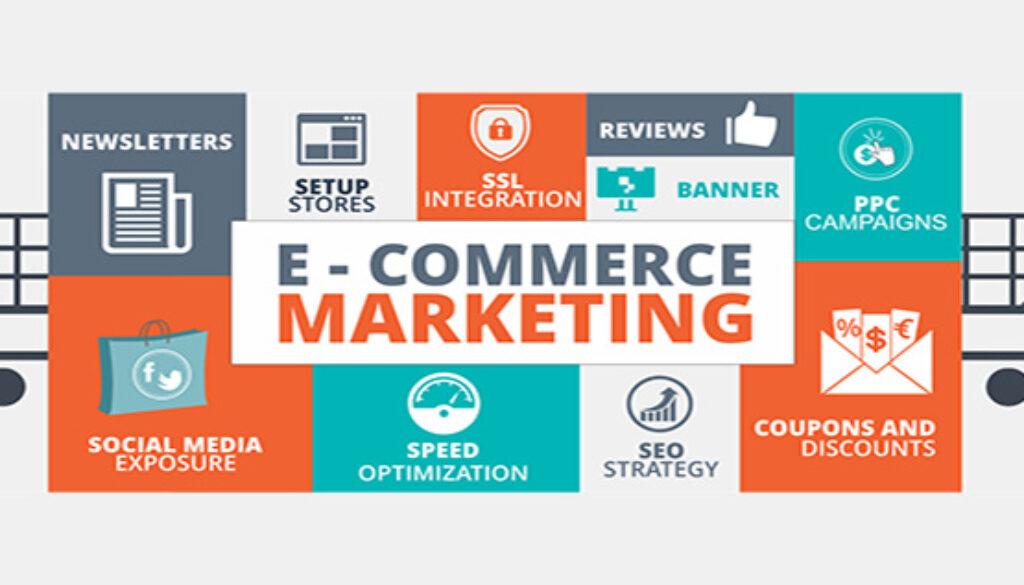Four ways to personalize e-commerce marketing
Retail customers today have plenty of shopping options, from traditional brick-and-mortar stores to e-commerce websites. With the increasing competition in the retail sector, it has become important for online entrepreneurs to offer personalization. Leading research firm Gartner says that companies that incorporate personalization into their e-commerce marketing can boost their revenues by up to 15%.
Online retailers, though, have lots of tools at their disposal to determine the personal preferences as well as shopping habits of their customers. By doing so, they can deliver curated offers and products that their customers expect.
The following are some tips for small business owners to personalize their online marketing efforts:
E-commerce marketing personalization tip 1: Mapping the consumer journey
The first step in personalizing an e-commerce marketing strategy is to gather information on how customers shop, browse, and buy. Doing so can give online businesses a 360-degee view of their consumer profile.
E-commerce marketing personalization tip 2: Predicting customer behavior
Once a firm has gathered information about customer’s preferences, it can now start to predict their future behaviors. Predictive targeting can incorporate both offline and online behaviors like the social media activities and financial data of customers. Doing so can aid retailers in crafting more effective marketing campaigns.
E-commerce marketing personalization tip 3: Personalizing in-store experience
Using location-based Internet of Things (IoT), a firm can personalize the information, offers, and deals for their customers vising the online stores. Most studies point out that customers are up to two times more likely to redeem location-based offers.
E=commerce marketing personalization tip 4: Providing personalized service
Providing personalized service can make lives of many shoppers a lot easier. In turn, they will become more satisfied and loyal to the online store. E-commerce stores can achieve this by creating personalized shopping lists for their customers, making it easier for them to buy goods on their mobile devices and PCs.





